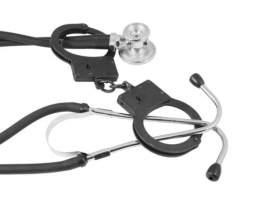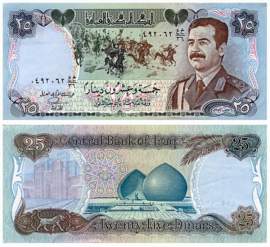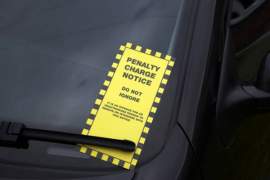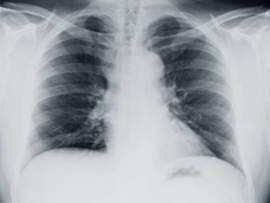
The Facts on Bill Clinton's Presidency
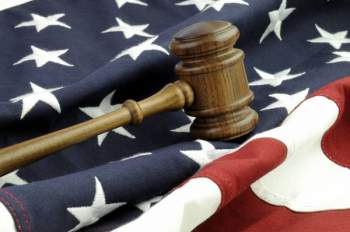
Who is Bill Clinton?
Bill Clinton was the 42nd President of the United States. His policy was typically described as “New Democrat” for he enacted the North American Free Trade Agreement and welfare reform. Bill Clinton is beloved by the majority of Democrats throughout the United States; under Bill Clinton, the United States enjoyed the continuation of the longest period of peace-time economic expansion in American history. Under President Bill Clinton, the Congressional Budget Office reported a surplus in 2000—the last year of Clinton’s office.
Bill Clinton left office with the highest approval rating of any American president since World War II; since his time as President, Bill Clinton has been involved in numerous public speaking engagements and various humanitarian efforts throughout the world.
Bill Clinton Impeachment Case:
On December 19, 1998 Bill Clinton, President of the United States, was impeached by the House of Representatives for charges of obstruction of justice and perjury. These charges stemmed from a sexual encounter Clinton had with then 22-year-old intern, Monica Lewinsky. The two engaged in sexual activities; however, Paula jones (an Arkansas State employee) essentially started the investigation by filing a sexual harassment suit against President Bill Clinton. The House voted to impeach Bill Clinton based on allegations that the President lied about his relationship with Monica Lewinsky in a sworn deposition in the Paula Jones lawsuit.
The Monica Lewinsky scandal was detailed in the Starr Report; a comprehensive investigation submitted to the House of Representatives that provided substantial and credible information that President Clinton engaged in sexual acts with Monica Lewinsky then lied about it while under oath.
The House of Representatives initiated impeachment hearings before the mid-term elections; to hold these proceedings the Republican leadership called for a lame duck session in December of 1998.
The two charges against Bill Clinton were for perjury and an obstruction of justice. The perjury charge arose from Clinton’s testimony about his relationship with Monica Lewinsky during the Paula Jones suit. The obstruction of justice charge stemmed from Bill Clinton’s actions during the subsequent investigation of the aforementioned testimony.
Acquittal by the United States Senate:
Following the impeachment of Bill Clinton issued by the House of Representatives, the United States Senate was forced to confirm or reverse the previously-rendered the decision. The Senate began trial on January 7, 1999 with Chief Justice of the United States Supreme Court William Rehnquist residing over the Monica Lewinsky scandal.
The case was argued by the prosecuting side from January 14-16, where the counsel detailed the discussion of facts and elucidated upon the background of the case; articles of the impeachment and excerpts from Clinton’s videotaped grand jury testimony were interpreted and applied to the laws governing perjury and obstruction of justice. Using this evidence, the prosecuting side justified the removal of the President from office by virtue of a “deliberate corruption of the nation’s system of justice through perjury and obstruction of justice.
Clinton’s defense argued that President Clinton’s grand jury testimony had too many inconsistencies to be regarded as a clear case of perjury and that the investigation, along with the subsequent impeachment, had been tainted by a partisan political agenda. The defense also stated that the President’s high approval rating (more than 70 percent) indicated that his ability to govern had not been impaired by the Monica Lewinsky scandal.
On February 9th, following the delivery of both side’s arguments, the United States Senate began a closed-door deliberation to decide the President’s fate. On February 12th, the United States Senate emerged and voted on the articles of impeachment; a two-thirds majority (67 votes) was needed to convict and subsequently remove Bill Clinton from office.
The perjury charge was defeated with 45 votes for conviction and 55 against conviction, while the obstruction of justice charge was defeated with 50 for conviction and 50 against conviction. The acquittal by the United States Senate allowed Bill Clinton to serve his remaining two years in office.




